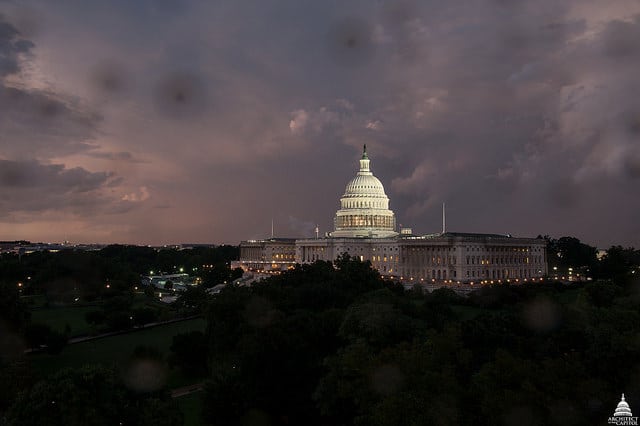
At deadline Friday, Congress appeared on track to pass a just-in-time stopgap budget that will force the National Nuclear Security Administration to operate for nearly three months with a budget that’s about $3 billion a year less than what the agency says it…